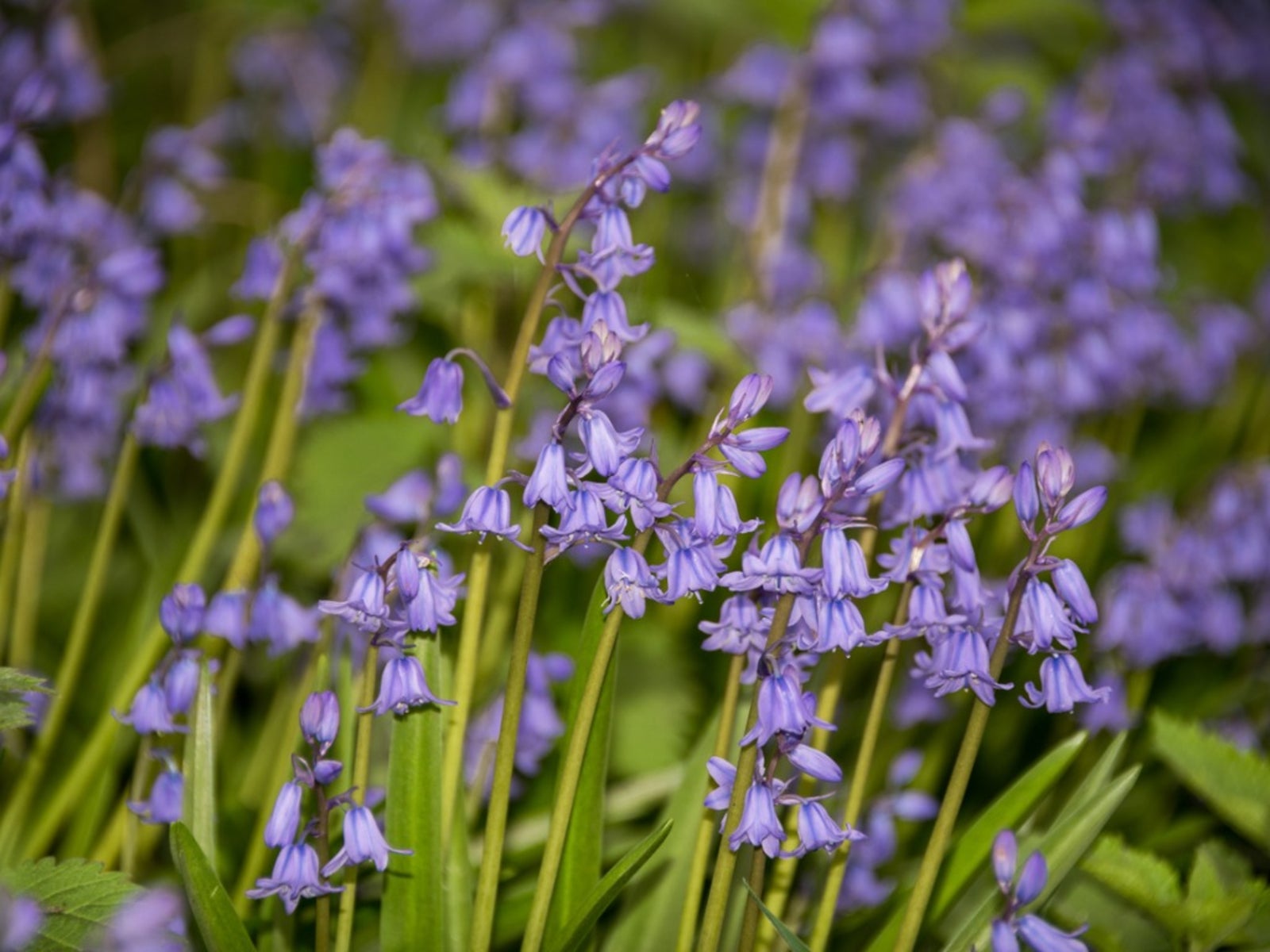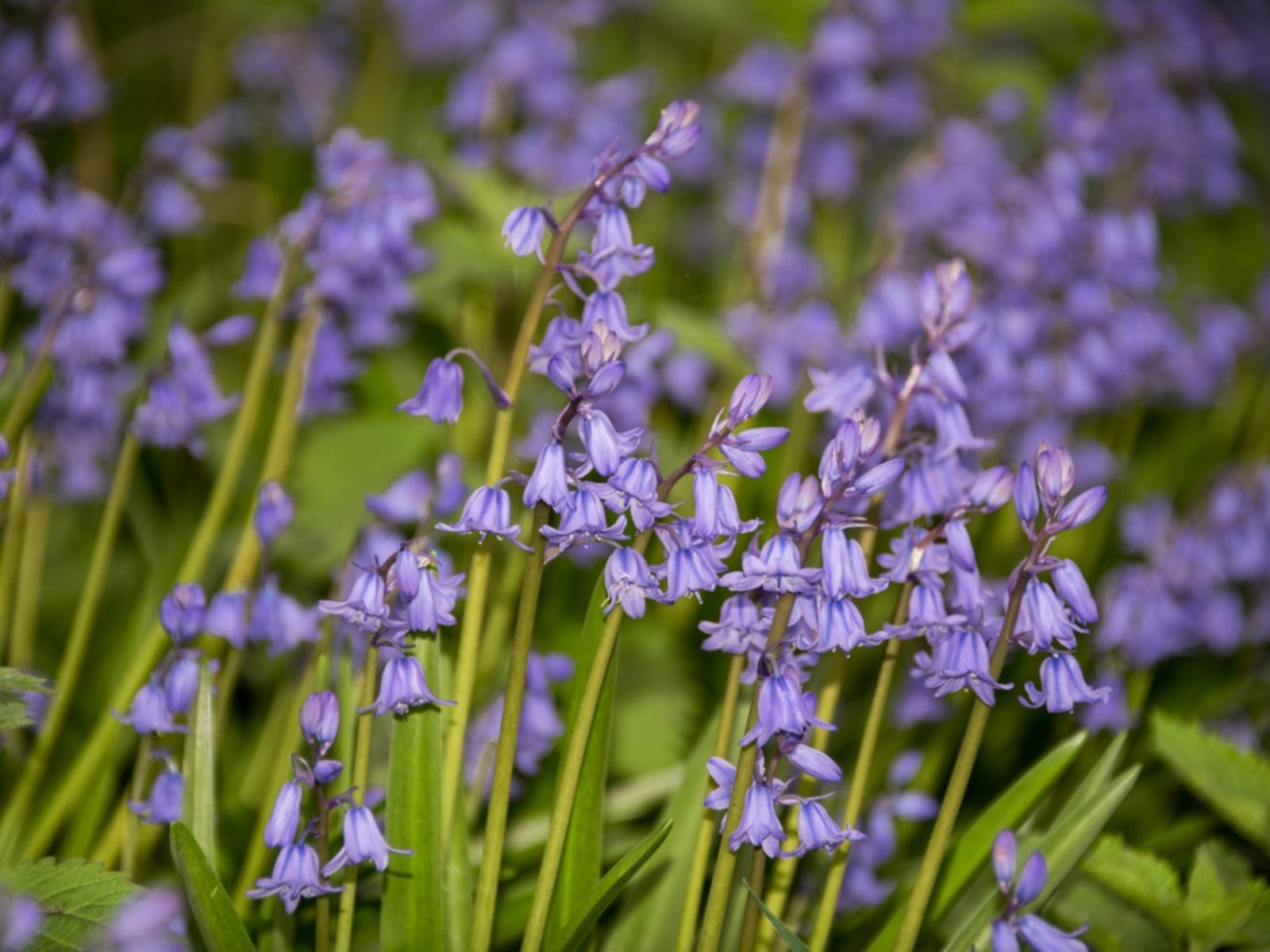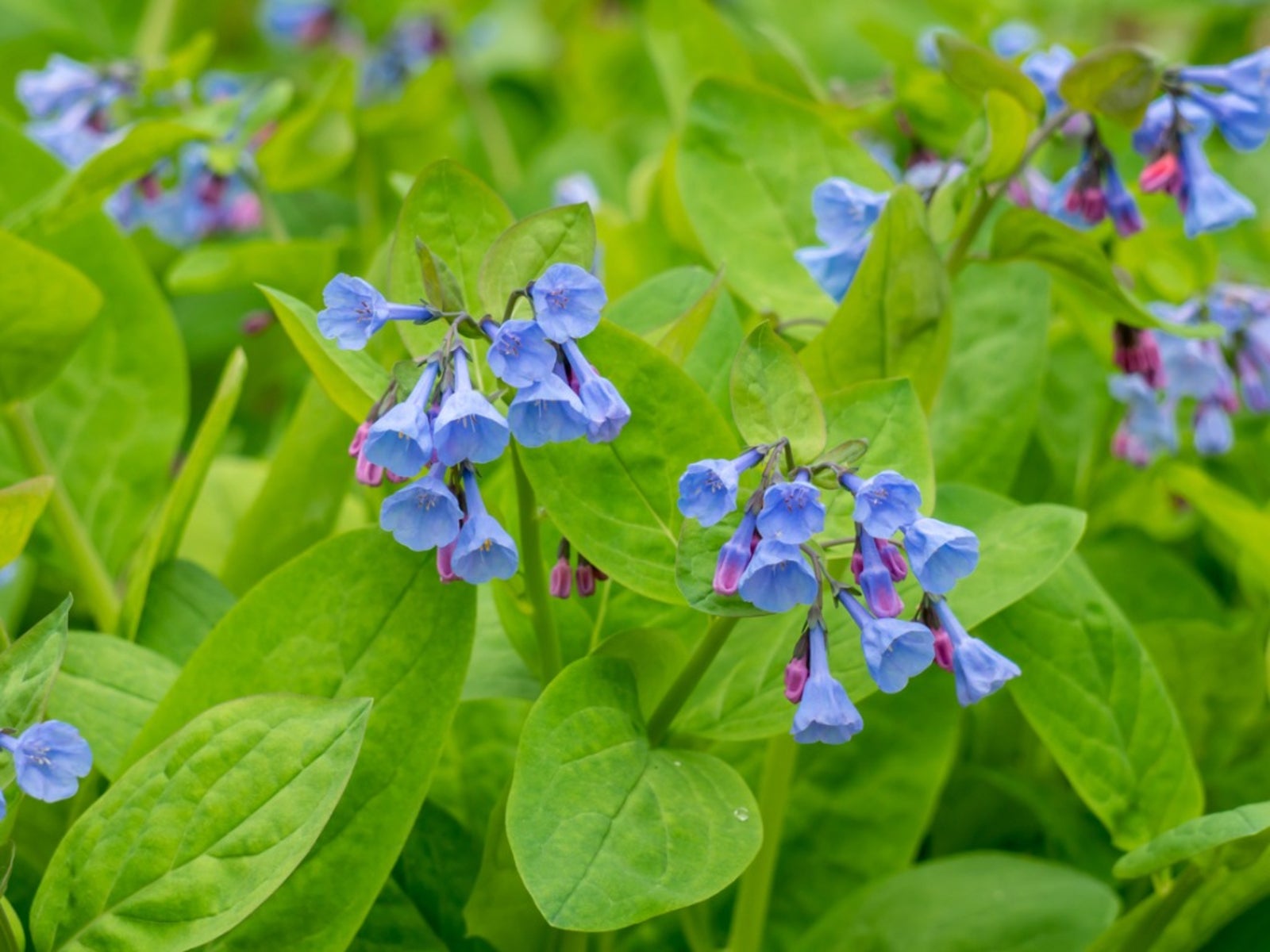How To Kill Bluebell Bulbs: Information To Get Rid Of Bluebells

English and Spanish bluebells may seem like the novice gardener's dream: a beautiful flower, easy to grow, and willing to spread and fill in bare spots of land. Unfortunately, Spanish bluebells are so eager to spread, they're often considered weeds. These small flowers tend to cross pollinate with native English bluebells, creating a hybrid flower that takes over the area. Controlling Spanish bluebells can be labor intensive but is much easier if done at the right time of the year. Get rid of bluebells once and for all by removing the root of the problem and disposing of it properly.
Bluebell Weed Control
Spanish bluebells spread by roots connecting the bulbs underground. This allows them to fill in great swaths of land and take over an area. If they come in contact with native English bluebells, the Spanish version will cross pollinate and come up the next season as a hybrid plant, stronger than the original parent. With a plant this invasive, it's important to dig out every bit to prevent it from spreading again next year. Bluebell weed control isn't a casual enterprise; it has to be dealt with completely or they'll come back to mock you and your efforts.
How to Control Bluebells in the Garden
How to control bluebells if they're that tenacious? The key is in the bulbs. If you dig up the bulbs when the plants are in leaf, they're easier to find. Dig the soil around the plants, then fill in the soil until you find all the bulbs. Remove the runners you find below ground as well. These plants are so tough they'll sprout right through a compost heap if you dump them in right away. Kill bluebell bulbs by adding a little bit more effort. Lay the bulbs out on sheets of cardboard where they'll get full sunlight for a month. After they've dried up from the sunshine, pile all the bulbs in a black plastic bag and toss it under the deck or behind a bush until next spring. After that treatment, the bulbs should be dead, and it will be safe to add them to the compost pile.
Gardening tips, videos, info and more delivered right to your inbox!
Sign up for the Gardening Know How newsletter today and receive a free copy of our e-book "How to Grow Delicious Tomatoes".
-
 Looking For Plants To Give You The Soft And Fuzzies? Try These 5 Fuzzy Leaf Plant Options
Looking For Plants To Give You The Soft And Fuzzies? Try These 5 Fuzzy Leaf Plant OptionsLovers of texture, drama, silver foliage and tactile plants will adore these special sensory garden additions. These fuzzy leaf plant options will leave you all aglow
By Susan Albert
-
 Get Ready For A Summer Of Hummers! Grow These Full Sun Hummingbird Plants and Flowers
Get Ready For A Summer Of Hummers! Grow These Full Sun Hummingbird Plants and FlowersIf you’re lucky enough to enjoy a sunny backyard, make sure you are maxing out on your pollinator opportunities and grow these full sun hummingbird plants and flowers
By Tonya Barnett
-
 Growing Bluebells: Care Of Wood Hyacinth Bluebells
Growing Bluebells: Care Of Wood Hyacinth BluebellsAlthough some confusion may arrive from various English and Latin names, most bluebells are also known as wood hyacinths. This article will help with growing English and Spanish bluebell plants.
By Susan Patterson
-
 Growing Virginia Bluebells – What Are Virginia Bluebell Flowers
Growing Virginia Bluebells – What Are Virginia Bluebell FlowersGrowing Virginia bluebells in their native range is a great way to add pretty spring and early summer color. These gorgeous wildflowers thrive in partially shady woodlands and can be used to naturalize gardens, in beds, wooded areas, and borders. Learn more in this article.
By Mary Ellen Ellis